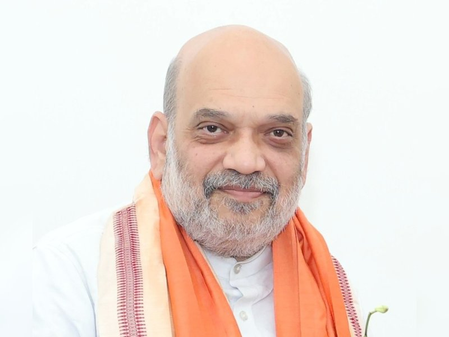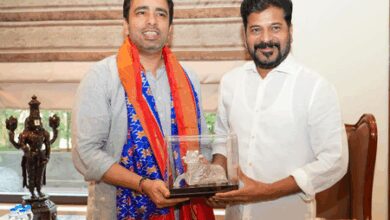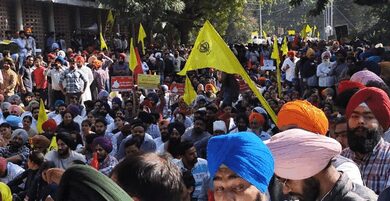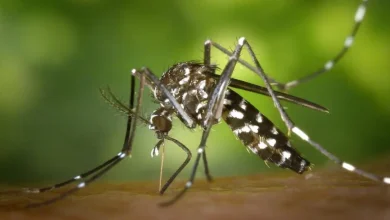Chhath Puja: HM Shah, Delhi CM Rekha extend greetings on ‘Nahay-Khaay’

New Delhi, Oct 25 (IANS) Union Home Minister Amit Shah and Delhi Chief Minister Rekha Gupta on Saturday extended greetings to people on the occasion of Nahay-Khaay, marking the beginning of Chhath Puja — a festival symbolising tradition, faith, and social harmony.
Union Home Minister Amit Shah took to social media platform X, saying, “Heartiest greetings to everyone on the occasion of ‘Nahay-Khaay’ of Chhath Puja, a celebration of tradition, faith and social harmony. I pray to Chhathi Maiya for everyone’s happiness and prosperity.”
Delhi CM Rekha Gupta also conveyed her wishes and said, “Chhath, the grand festival of Sun worship, which begins with Nahay-Khaay, is a practice of purity, discipline, and self-control. The folk culture of Bihar has created a philosophy of life in this festival, where nature and faith are bound together. On this sacred occasion of Nahay-Khaay, may Chhathi Maiya bestow happiness, peace, and prosperity on all families. May the Sun god give new light to India with his energy, and may this folk tradition continue to show the entire country the path of unity, discipline, and self-reliance.”
Chhath Puja is one of the most significant Hindu festivals, primarily observed in Bihar, Jharkhand, and eastern Uttar Pradesh. It is also celebrated in parts of Nepal and among Indian communities across the world.
Dedicated to the worship of the Sun god and his sister Chhathi Maiya, the festival emphasises purity, gratitude, and the well-being of one’s family.
With roots tracing back to the ancient eras of Satyuga and Dwapara Yuga, Chhath Puja is believed to be among the oldest known forms of Sun worship. Devotees observe the festival with strict discipline, abstaining from food and water for long hours to express devotion and seek blessings of prosperity, health and happiness. Worshipping Surya during Chhath is said to remove negativity from one’s life and usher in peace and positivity.
The four-day celebration involves elaborate rituals that symbolise purification, faith, and self-control:
Day 1 – Nahai Khai: The festival begins with devotees taking a holy dip in a river or pond to cleanse themselves. They bring vegetables and pulses and prepare the first offerings, emphasising cleanliness and sanctity.
Day 2 – Kharna: On this day, devotees observe a strict fast from sunrise to sunset. They prepare offerings of jaggery, rice, and wheat, breaking their fast in the evening after making offerings to the deity. The ‘prasad (ritual food offerings)’ is then shared with family, friends, and neighbours to promote unity and community spirit.
Day 3 – Sandhya Arghya: Devotees gather near water bodies in the evening to offer ‘arghya’ (prayers and offerings) to the setting Sun. They present fruits, sugarcane, and prasad to express gratitude to the Sun god for sustaining life on Earth.
Day 4 – Usha Arghya: The final day is dedicated to offering prayers to the rising Sun. Devotees break their fast after making offerings, symbolising renewal and spiritual rebirth. The prasad is distributed among family and community members, marking the end of the rituals.
Chhath Puja is celebrated with simplicity, dedication, and purity. The offerings, including fruits, vegetables, and sweets, represent the gifts of nature, and the ritual of fasting and prayers signifies the devotees’ willingness to cleanse their body, mind, and soul. The primary essence of Chhath Puja is gratitude, as it fosters respect for natural resources and the harmonious relationship between nature and humankind.
–IANS
jk/rad





